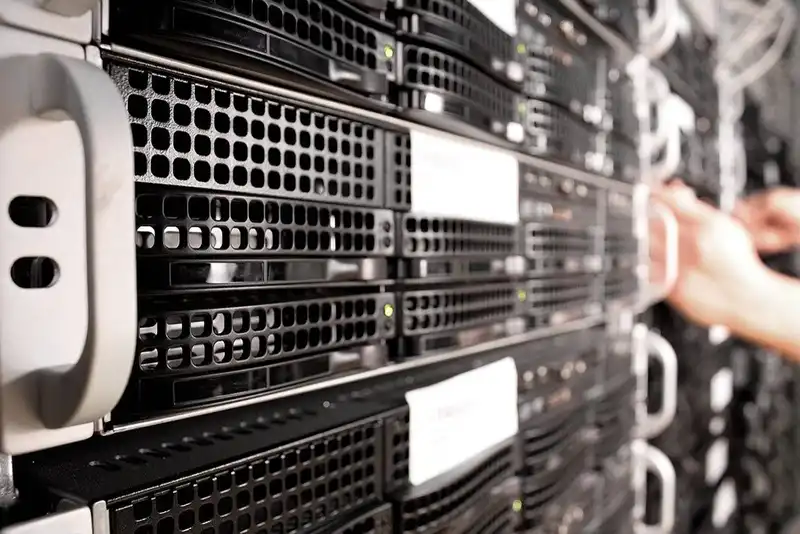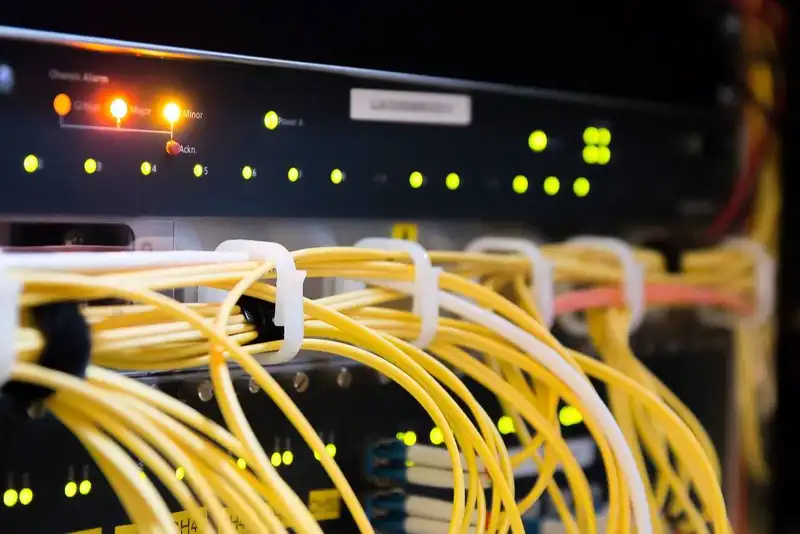Common Causes of Data Loss and How to Prevent Them
Data loss refers to various scenarios that result in a loss of information. This can include theft, human error, malware, cyberattacks, viruses, power failures, and more. The reality is that there are many different reasons why data is lost and many of them can be prevented.
While it may be possible to recover the data through professional services, it is better to avoid the hassle altogether. Rather, being aware of the common causes of data loss and being proactive in implementing data security measures is the best method to prevent information loss. Knowing how to prevent the common causes of information loss can save time, effort, and money when it comes to data security.
Most Common Causes of Data Loss

Data loss can be a costly and time-consuming issue to resolve. It can set back productivity and consume valuable IT resources that can be used elsewhere. Being aware of the most common reasons behind missing data is the first step to preventing these discrepancies. Here are some of the most common causes of data loss.
1. Human Mistakes
One of the biggest reasons for data loss is human error. From accidentally deleting the wrong file to spilling a drink on the computer, there are countless ways that users can damage data and cause information loss. Oftentimes, these are accidents that have costly consequences. Yet, it reinforces the importance of proper training for employees.
Staff members who have been instructed on the correct use of files, as well as troubleshooting techniques are less likely to cause data loss. Teaching employees how to backup files and other documents is a good way to protect sensitive information against human mistakes.
Another way to reduce human mistakes is to use automation. Putting software in charge of data processing and analyses lessens the risk of human error.
2. Viruses and Malware
Data loss can also be the result of a virus or malware that has infected the computer. This can happen when an unsuspecting user clicks a malicious link. Cybercriminals are developing very sophisticated methods to entice users. Emails and phishing scams can look authentic and trustworthy. However, once clicked, they can cause irreparable harm.
The damage that a virus causes can range from slowing down the system and impacting productivity to deleting unprotected files. Anti-virus software is one way to guard against this type of data loss. Another valuable tool is to regularly backup data in case a virus or malware is unleashed.
3. Damage to the Hard Drive
Of all the parts of a computer, hard drives can be the most fragile. Damage to the hard drive is another common way that data is lost. They can crash for a variety of reasons, such as mechanical errors and human mistakes. This can be as simple as jostling a laptop or accidentally dropping a computing device.
Other events that can lead to hard drive damage is overheating from too much use or a build-up of dust in the machine. Hard drives also wear out and need to be replaced. There are some things to watch out for in an aging hard drive including-
- Slower processing
- Computer freezes often
- Device becomes unusually hot
- Problems booting the machine up
- Grinding noises from the computer
To protect against data loss from hard drive damage, businesses can back up important files to a cloud server for protection.

4. Power Outages
A loss of power can be a big headache, not to mention a major reason for data loss. It can also lead to file corruption, as proper shutdown procedures were not followed. Power outages and surges can lead to other computing complications as well, including damage to the hard drive, software program, or even the entire system.
Having key data backed up regularly can mitigate the damage that power outages or surges cause. Surge protectors can also be an advantage if power fluctuations are common. Additionally, investing in a generator or backup battery power supply can provide added protection against lost data.
5. Natural Disasters
Problems such as tornados, hurricanes, earthquakes, or other natural disasters can be a big issue for data protection. They can also be costly for businesses and lead to long shut-downs. Unfortunately, damage and lost data due to disasters can be difficult to recover. Moreover, it is not always clear when a disaster will strike. Therefore, the best way to prepare and prevent data loss is to store duplicate information on a remote server.
6. Hackers
Hackers and data breaches are also common ways that data is lost. Cybercrime is on the rise and attackers are not slowing down just because of a pandemic. Statistics show that over 900,000 spam messages were sent in the first few months of this year alone. At that same time, 737 incidents and 48,000 malicious links were sent to unsuspecting users.
Keeping the software updated and using firewalls can help protect against data theft. However, sometimes employees themselves are behind these types of attacks. Implement extra levels of security by reducing access to information among staff. This can also help to regularly monitor processes for suspicious activity on the system.
Final Tips for Preventing Data Loss

One of the most important ways to prevent lost data is to regularly back up files and other important information. Using a remote server or the cloud can create an additional level of protection, as the information is not stored on-site. Other ways to protect data include-
- Partitioning the Hard Drive
- Conducting Disk Defragmentation
- Using Anti-Virus Software
- Controlling and Monitoring Employee Access






